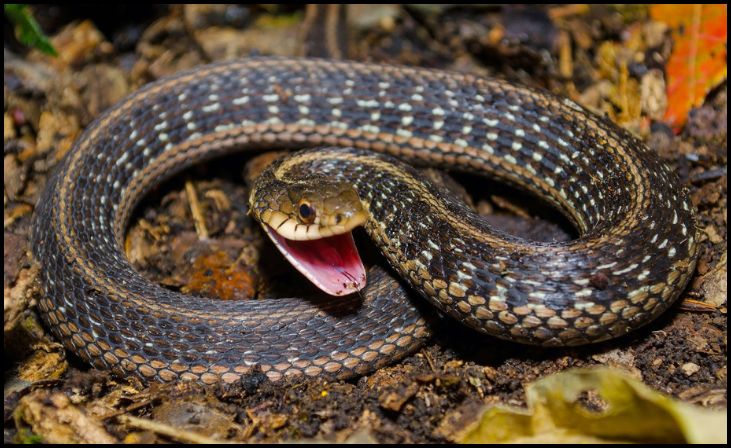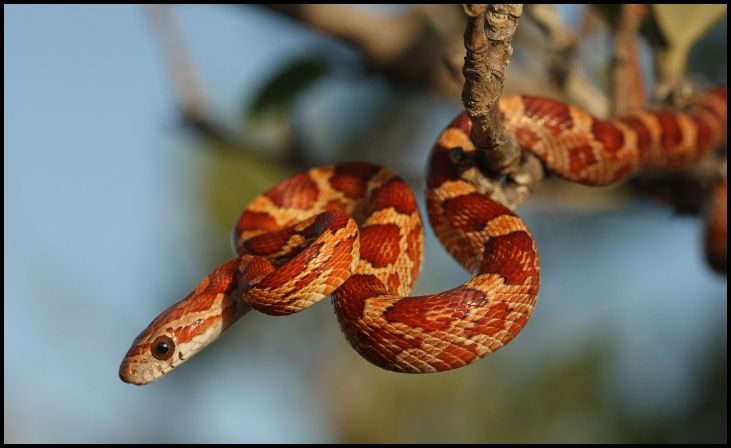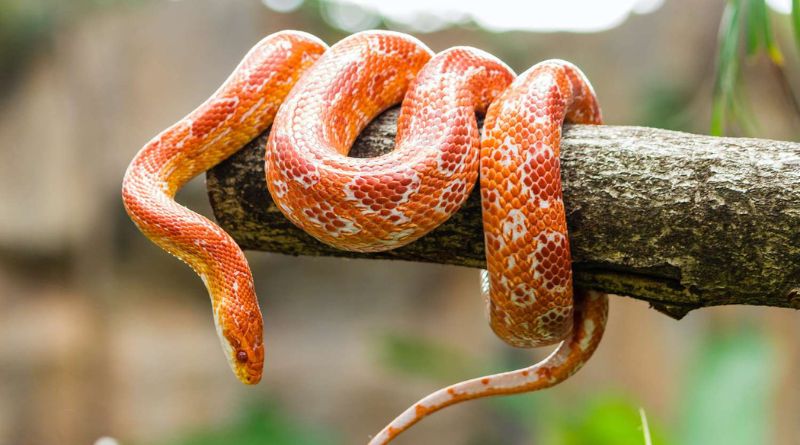The United States is home to a diverse array of snake species, each with its unique characteristics and habitats. From the bustling wetlands to the serene forests, these fascinating creatures play crucial roles in their ecosystems. Let’s dive into the world of some of the most popular snake species in the US.
Eastern Garter Snake

Eastern Garter Snakes are among the most prevalent snakes in the United States. These slender, non-venomous snakes are easily recognizable by their distinctive yellow, white, or red stripes running longitudinally along their dark bodies. Found in a variety of habitats, from woodlands to wetlands, Eastern Garter Snakes are incredibly adaptable. They play a significant role in controlling pest populations, feeding on insects, amphibians, and small rodents. Their docile nature and relatively small size make them a common sight in suburban areas, often seen basking in the sun or slithering through gardens.
Eastern Diamondback Rattlesnake
The Eastern Diamondback Rattlesnake holds the title of the largest venomous snake in North America. Known for its striking diamond-shaped patterns and ominous rattling sound, this snake is both fascinating and formidable. Typically found in the southeastern United States, Eastern Diamondbacks inhabit pine forests, coastal dunes, and dry grasslands. They are powerful predators, feeding primarily on small mammals and birds. Despite their fearsome reputation, Eastern Diamondbacks are crucial for maintaining the balance in their ecosystems by controlling the populations of their prey species.
Black Rat Snake
Black Rat Snakes are large constrictors with glossy black scales and a white chin, frequently found in forested areas and farmlands across the eastern United States. These non-venomous snakes are excellent climbers and are often seen high up in trees or barns. Black Rat Snakes play a vital role in controlling rodent populations, making them beneficial to both natural and agricultural environments. Their calm demeanor and impressive size make them a fascinating subject for snake enthusiasts and researchers alike.
Corn Snake

Corn Snakes, with their vivid colors and intricate patterns, are a favorite among reptile enthusiasts. These non-venomous snakes are native to the southeastern and central United States, often found in overgrown fields, forest edges, and abandoned buildings. Corn Snakes are known for their docile temperament and ease of care, making them popular pets. In the wild, they help control populations of small rodents and birds. Their striking appearance, with a mix of red, orange, brown, and black markings, also makes them a common subject in educational programs about reptiles.
Western Diamondback Rattlesnake
The Western Diamondback Rattlesnake is a well-known venomous snake found primarily in the southwestern United States. Like its eastern counterpart, it has diamond-shaped patterns along its back and a distinctive rattle at the end of its tail. These snakes inhabit a variety of environments, including deserts, grasslands, and rocky hillsides. Western Diamondbacks are formidable predators, feeding on small mammals, birds, and other reptiles. They play a crucial role in their ecosystems by keeping rodent populations in check. Despite their venomous nature, they prefer to avoid human encounters and will only strike when threatened.
Northern Water Snake
Northern Water Snakes are often mistaken for venomous snakes due to their aggressive behavior when threatened. However, they are non-venomous and pose no significant threat to humans. These snakes are commonly found in or near freshwater habitats across the eastern and central United States. They are excellent swimmers and can often be seen basking on rocks or logs near the water. Northern Water Snakes feed primarily on fish and amphibians, making them important for maintaining the balance in aquatic ecosystems. Their presence indicates healthy water bodies, making them a key species for environmental monitoring.
Copperhead

Copperheads are venomous snakes easily identified by their copper-colored heads and hourglass-shaped markings on their bodies. These snakes are found in the eastern and central United States, typically in wooded areas, rocky hillsides, and near streams. Copperheads are ambush predators, lying in wait for small mammals, birds, and insects. Their venom is relatively mild compared to other venomous snakes, but they can deliver a painful bite if provoked. Copperheads play an essential role in controlling pest populations, and their presence indicates a healthy, balanced ecosystem.




